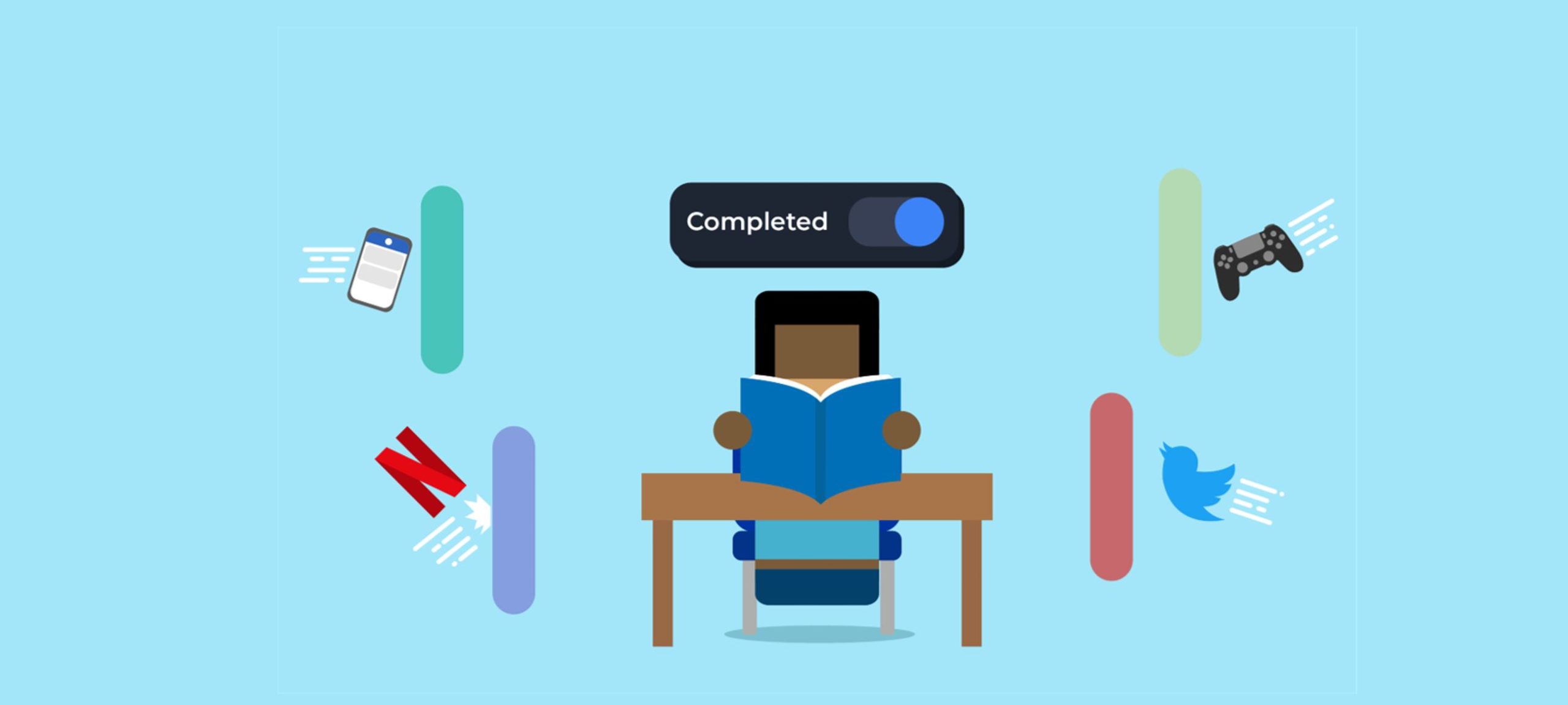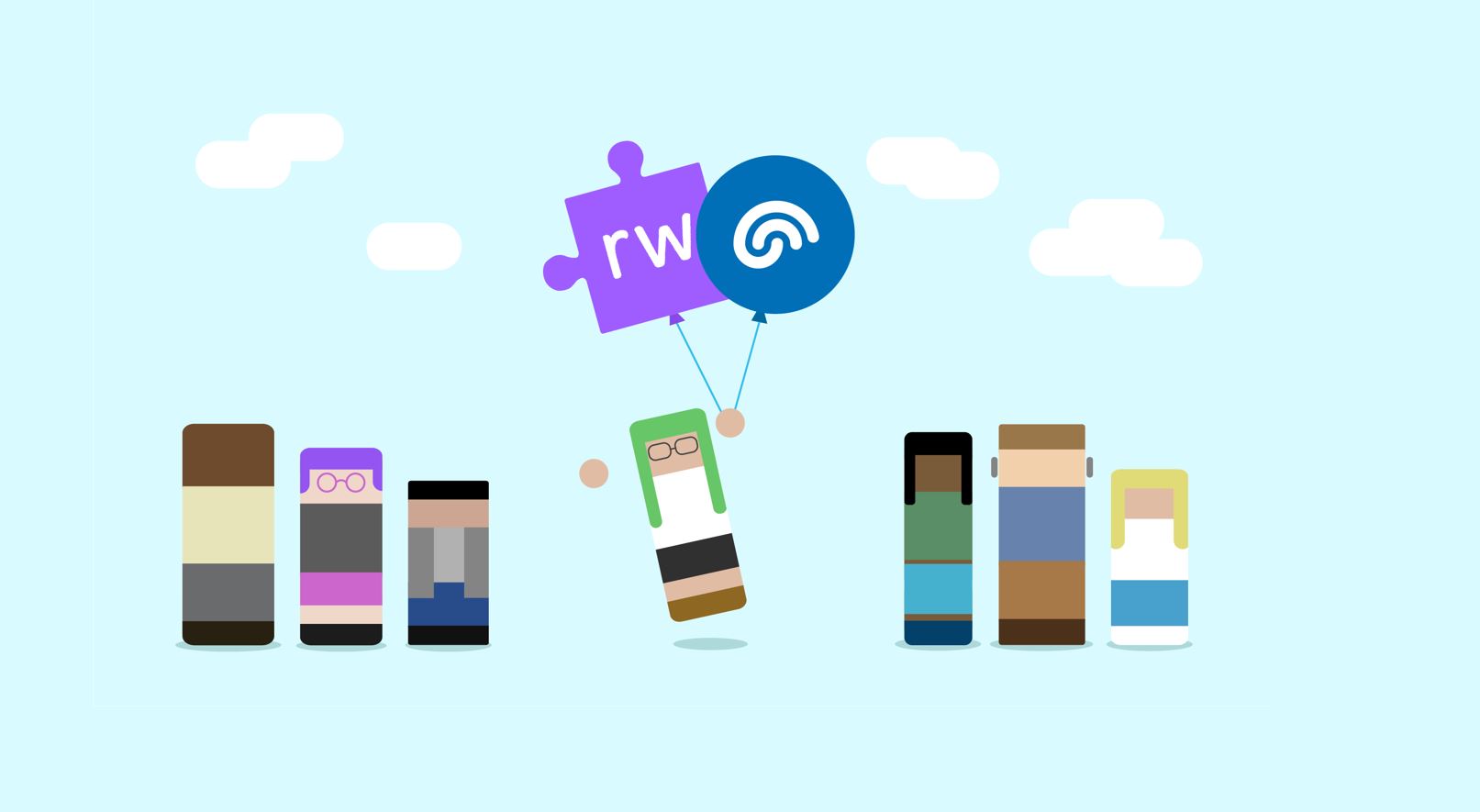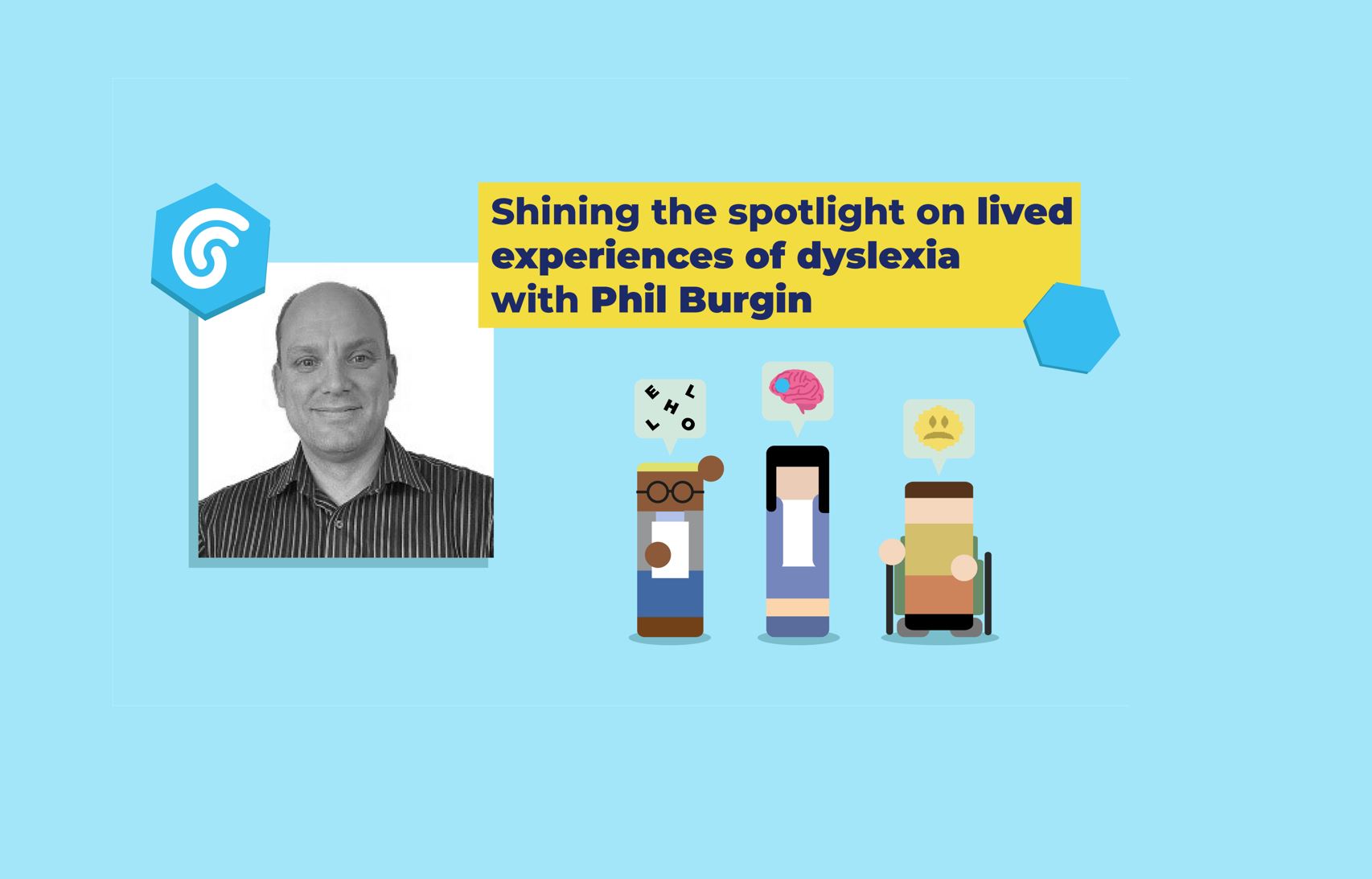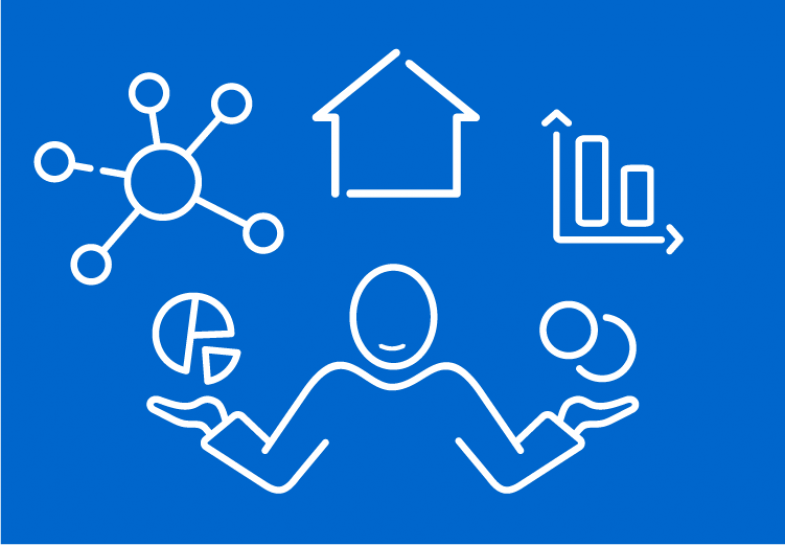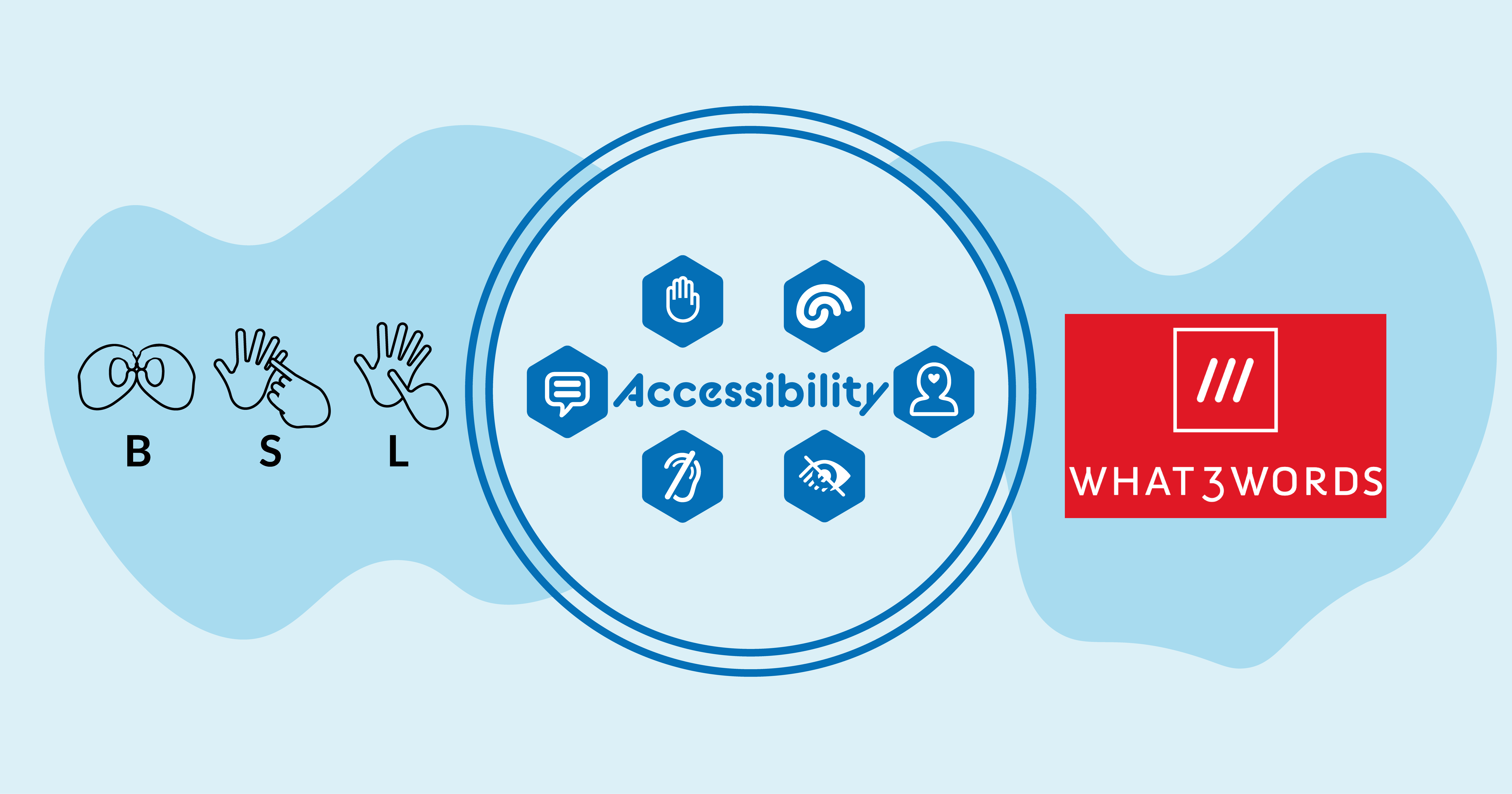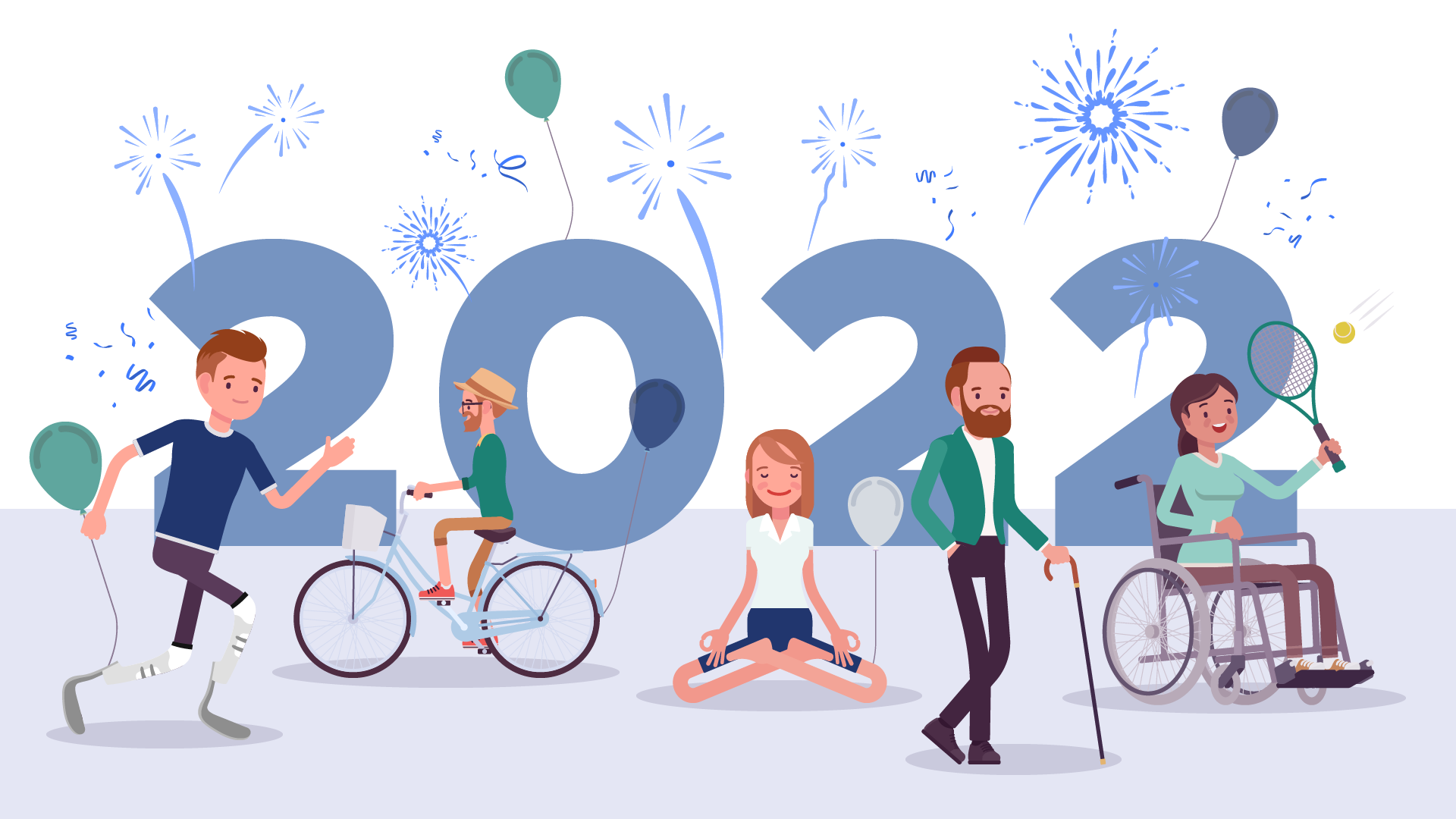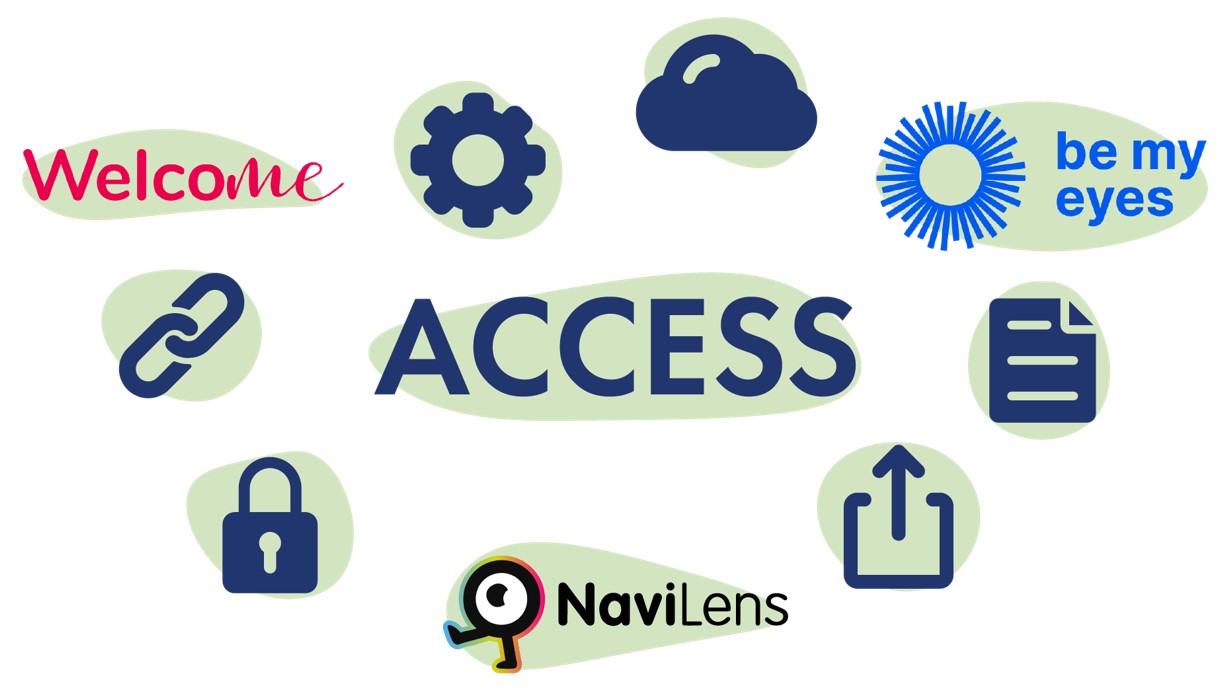Initiatives that are making online and in-person marketplaces more accessible for the Purple Pound
With a new Christmas advert launching almost every day recently it is safe to say the festive period has well and truly begun. Whether you have Christmas shopping down to a fine art purchasing presents throughout the year or, like me, do your Christmas shopping online in bed with a cuppa, chances are you’ll find yourself purchasing some gifts on the high street or online in the coming weeks.
After a subdued festive period, last year, advertisers are expected to spend almost £1bn more marketing their products this year. That budget will cover an array of things from filming adverts to promoting those adverts online and even targeting specific groups of shoppers. There’s an array of terms allocated to different groups of shoppers and their purchasing powers. The pink pound refers to the purchasing power of the LGBTQA community and the purchasing power of elderly consumers is referred to as the grey pound. As someone who works within the DSA sector I have a particular interest in what initiatives are available, all year round not just at Christmas, to make shopping more accessible for the purple pound, the purchasing power of people with a disability.
Learning a new language
Earlier this month the fourth annual Purple Tuesday took place. Through their six commitments Purple Tuesday aims to engage with organisations across all industries and of all sizes to promote understanding, put in place the right solutions, and equip staff to provide a quality customer experience 365 days a year.
One of Purple Tuesday’s commitments is ‘learning British Sign Language’ which encourages organisations to train their staff on key words and phrases in British Sign Language to enable basic conversations with customers who use this as their main form of communication. It was while I was researching for this blog that I found out British Sign Language (BSL) is the preferred language of over 87,000 Deaf people in the UK yet only 10% of people in the UK know more than two words in BSL. To help increase this number, starting from next month, Learning Labs will be regularly posting a BSL phrase on our social media channels and encouraging staff and our followers to learn the phrase. With just one phrase we’ll have learnt more words in BSL than what 90% of the UK population know. To kick things off below is how you can say ‘hello, how are you?’ in BSL.
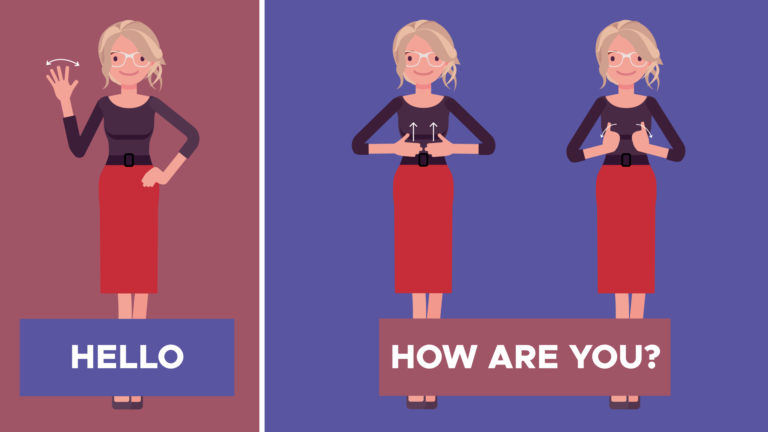
Quiet hours
Quiet hours in supermarkets are becoming more commonplace. During these times lights are dimmed and checkout noises are lowered to prevent shoppers with autism feeling overwhelmed. Tesco stores in Scotland recently announced it is making its quiet hours, which take place every Wednesday and Saturday between 9am and 10am, a permanent fixture across all its larger stores. Earlier this year the high street toy shop, The Entertainer, announced its quiet hour will be extended to run every day for the first hour of opening in all of its 171 stores. These are great initiatives and definitely a step in the right direction. However, for initiatives like this to be effective, it’s important that all staff get appropriate training so they know why the initiative is taking place and what else they can do to help the people the initiative is aimed at. This is highlighted further by Purple Tuesday’s commitment of ‘provide customer training’. Through face-to-face, online or blended forms of training staff can feel empowered to confidently communicate with a person with a disability without fear of unintentionally offending them.
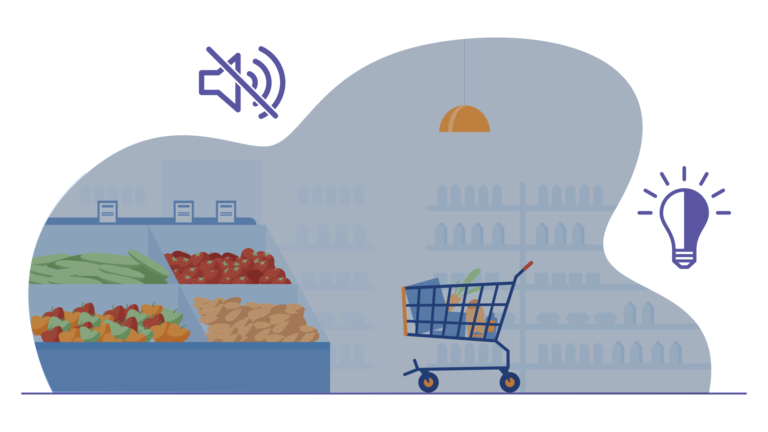
I saw a great example of this joined up working a few weeks ago on twitter. An Arsenal fan tweeted about their experience of taking their son who has autism to a football match. His son found the atmosphere overwhelming and wanted to leave. As they were leaving a steward made them aware of a sensory room where they could watch the rest of the match from. Rightly so, the tweet went viral gaining over 80,000 likes and 12,000 retweets.
I touched on this topic in my previous blog where I spoke about the app WelcomeMe. The app enables users to set up a unique profile where they can list factors such as their access needs and support they may require. When the user selects a business that is also using the app the business receives the information from the user’s profile as well as advice linked to the information the user has inputted e.g. how to interact with a guide dog.
Whether your business is customer facing or not it is still important that all your staff feel confident and aware when discussing disability in the workplace and everyday life. That’s why we ensure all our staff complete our disability confidence course during their induction period. We also offer this course to external businesses. Please drop me a message if you’d like to talk more about our disability confidence course and the possibility of offering it to your workforce.
Online marketplaces
It’s important that digital marketplaces are just as, if not more, accessible to the purple pound. It’s not surprising with the various lockdowns that took place, last year saw online retail sales increase by 36% which amounted to approximately £243 billion. If a physical shop has their front door locked during trading hours you’ll simply shop elsewhere. But what if you visit several shops and all of them have no way of purchasing what they are selling or even seeing what they are selling? This unfortunately is the scenario many people with a disability find themselves in every day when they try to shop online. Research from the Click Away Pound Report, which covers the accessibility of online shopping, found that nearly 70% of shoppers with accessibility issues leave an e-commerce site due to poor accessibility. So how can we make online shopping more accessible?
According to WebAIM’s latest Screen Reader survey which was completed by over 1,000 users who regularly use screen readers, 60% feel the accessibility of web content has either not changed or actually got worse over the past year. Over 70% believe this is due to a lack of awareness or skills around web accessibility. This highlights the importance of everyone, customer facing or not, being confident and aware when discussing disabilities. Earlier this year National Rail and Network Rail websites switched their design to black and white as a mark of respect following the death of Prince Phillip. This was a touching tribute but, due to the lack of contrast between the colours used, meant the site was unusable for many users who had a visual impairment.
National Days are a great way to highlight a particular issue. Every year Global Accessibility Awareness Day takes place with the aim of getting everyone talking, thinking and learning about digital access and inclusion. However, it’s important that we think about digital access and inclusion all year round.
So how can you ensure your website is accessible? One word. Testing. There are numerous companies out there that will look through your website and highlight the accessible issues you have. Some will be a quick fix whereas others may take longer to implement. This is a process that we have been through ourselves at Learning Labs.
What do you think?
A recent survey found that less than 10% of organisations have a targeted plan to access the disability market. With the purple pound spending power estimated to rise 14% per year this feels like a missed opportunity for consumers who have a disability and businesses that should be serving them, especially when something as easy as a website audit or learning some useful British Sign Language phrases could make a significant impact almost straight away. Imagine what we could achieve if our new year’s resolution was to make our website/store more accessible.
As always, I’d love to hear from you. Have you seen any other initiatives that are making shopping more accessible? Maybe you know of some websites that are doing accessibility really well.
Other blog articles


